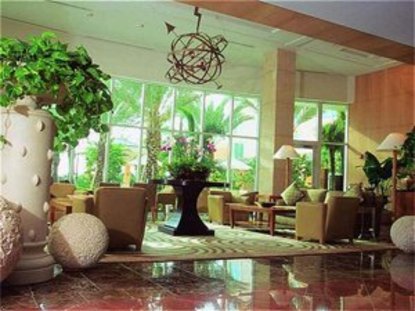By - Julie Bort
Category - Hotel Close To FIU
Posted By - Inn and Suites In West Miami
 |
| Hotel Close To FIU |
Earlier this week, Samsung announced its latest way to win business from Apple: a technology called Samsung Knox.
Knox is a new feature that is part of Samsung's SAFE program (which stands for Samsung For Enterprises). It lets you divide your phone into two halves, one side for work and one side for your personal life.
The work side can be controlled by an employer's IT department. IT can dictate the apps and add all the pesky security features and controls they want. The personal side is controlled by you, and that's where you can load whatever games or other Android apps you want.
Knox is available on any SAFE-certified phone. Right now that's the Samsung Galaxy S III and Galaxy Note II.
So far, reviewers like it. The Verge's Chris Ziegler say it's easy to tell the work side from personal side and switching between them is quick. CNET's walkthough showed it was simple to use, too.
Samsung isn't the first to come up with this idea. Enterprise software company VMware also has a product like this called Horizon Mobile. LG even won an award last year at CES for its LG Revolution phone which included Horizon software. Plus, BlackBerry offers a similar thing with its new phone, a feature called BlackBerry Balance.
VMware hoped to bring Horizon to the iPhone, too. That would have been big news, because it would have meant Apple was willing to let VMware fiddle with iOS. Not so. VMware does have an iOS app called Horizon Mobile, but the app only allows IT professionals to install apps on an employee's iPhone. It doesn't split the phone into two.
Knox and SAFE are two of Samsung's biggest weapons to win against Apple. Samsung is deliberately loading its smartphones with features to make enterprise IT departments love it. Its hope is that this will encourage IT departments to buy fleets of phones for their employees. Or, if they don't buy the phones, Samsung would like IT professionals to ask their employees to buy Samsung SAFE devices.
Stay tuned for BI Intelligence's in-depth analysis of how Samsung is pursing the enterprise, publishing soon.






